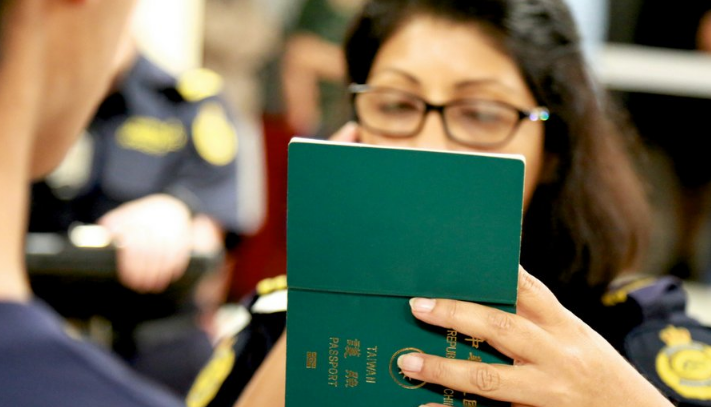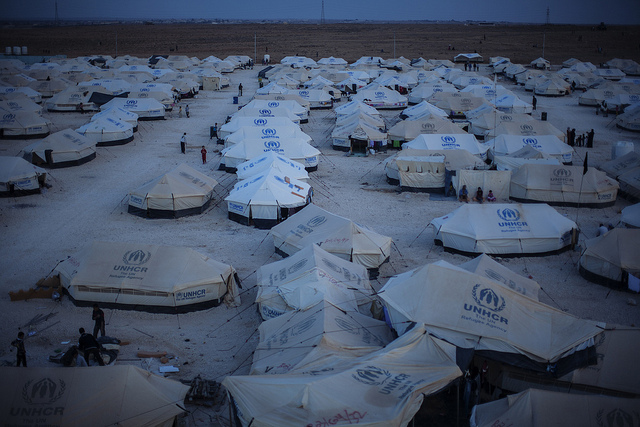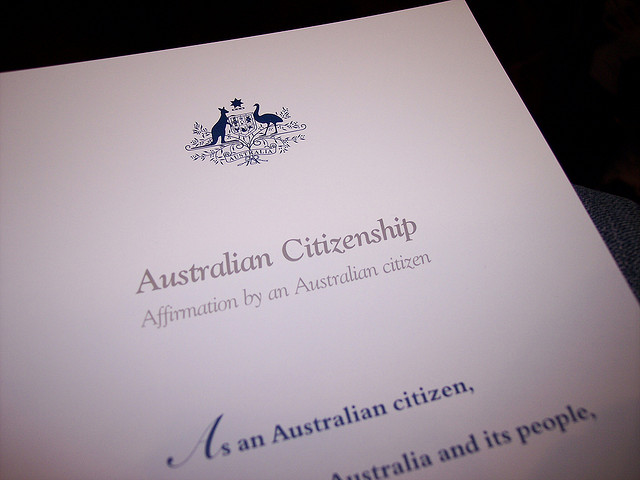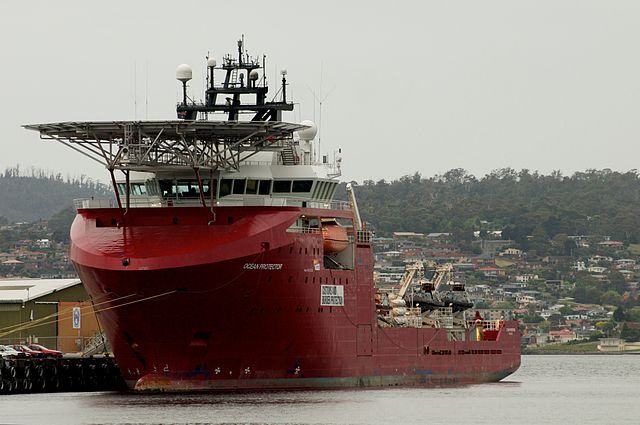What’s next for the Australian Border Force?

The Abbott era ‘mega department’ thinking might be passé, but there are still more than a few bureaucrats and politicians advocating the creation of an Australian department of homeland security.
While Peter Jennings and I have put our arguments for and against such a super-department in terms of need, not a lot has been written about whether it could even work in Australia. The formation of the Australian Border Force (ABF) and the mega Department of Immigration and Border Protection (DIBP) offers some insight into that question.
Despite the often hysterical rhetoric that has described the ABF as a black-shirted paramilitary force, its architect, DIPB Secretary Michael Pezzullo, and builder, ABF Commissioner Roman Quaedvlieg, have plenty to be happy about. Nevertheless, the reform process has a long way to go before completion, and its continued success is still not guaranteed.
On 1 July 2015, DIBP and the Australian Customs and Border Protection Service officially amalgamated into one department. In addition, a new frontline operational enforcement arm—the ABF—was stood up. DIBP has responsibility for policy, regulatory and corporate functions, while the ABF draws together the operational border, investigations, compliance, detention and enforcement functions.
Over the past two years, the ABF executive has managed to bring together workers from two very different departments with distinct organisational cultures—Customs and Immigration—to create a new uniformed and disciplined enforcement agency. It was no easy feat.
Pezzullo and Quaedvlieg have introduced reforms that have delivered higher levels of accountability in the ABF and planted and nurtured the seeds of a new enforcement-focused culture. In two short years they’ve also lifted the force’s base level capability in terms of recruitment, training and physical fitness.
In logistics terms, the ABF has been able to issue its people with new uniforms and guns that are fit for purpose. And it has become adept at rapidly deploying new investigative and intelligence technology.
In operational terms, the success has been equally impressive, especially in illicit drug seizures and counterterrorism.
The ABF has improved the border experience for travellers at our major international airports. For people arriving in or departing from Australia, getting across the border has never been quicker.
From the continued deployment of smart gate kiosks, to new risk management techniques, the work of ABF staff has been increasingly focused on those who seek to break the law or flout our regulations.
The ABF’s Operation Sovereign Borders has managed to dramatically reduce the flow of irregular migrants arriving at Australia by sea. And in doing so it has saved untold lives.
However, along the way there have been mistakes. In October 2015, a poorly worded media release for Operation Fortitude created a furore when it gave rise to the impression that the then brand new ABF had powers to stop and question people on the street.
Embarking on an ambitious amalgamation of diverse workplace cultures has presented many ongoing leadership challenges. Among ABF officers, there has been plenty of resistance to the higher levels of accountability and training, as well as to the sharper enforcement focus. That’s not surprising when you consider that some of those involved in the change have spent a lot of time thinking of themselves as service providers but are now meant to be facilitators and enforcement officers.
The ABF has a lot more reform and change to come if this important national security capability is to reach full maturity. A range of legislative reforms are still required to provide the organisation with all the enforcement powers it needs. While it’s able to deploy its own physical surveillance teams, it cannot by law use less expensive technology options such as tracking devices. Those kinds of legislative inconsistencies need to be resolved.
As part of the consolidation, the ABF and DIBP received much-needed cash injections to fund the change process. The formation of both agencies was meant to generate significant savings. While some efficiencies are being realised, the maturation of the ABF was always going to be a 10-year endeavour. Along the way the modernisation process will result in further demands for new operational and intelligence capabilities. The establishment of the ABF and DIBP was not a set-and-forget policy and two years in it remains a work in progress.
The ABF and DIBP experience offers the architects of any future Australian department of homeland security plenty of lessons. Fundamentally, the changes associated with forming a department of homeland security would, at the very least, require a significant and sustained financial commitment and policy patience. It might take five to 10 years before the full potential of an Australian department of homeland security could be fully realised. While structural and policy changes could be rapidly delivered, one of the biggest challenges would be dismantling existing departmental cultural barriers to closer integration and cooperation.








